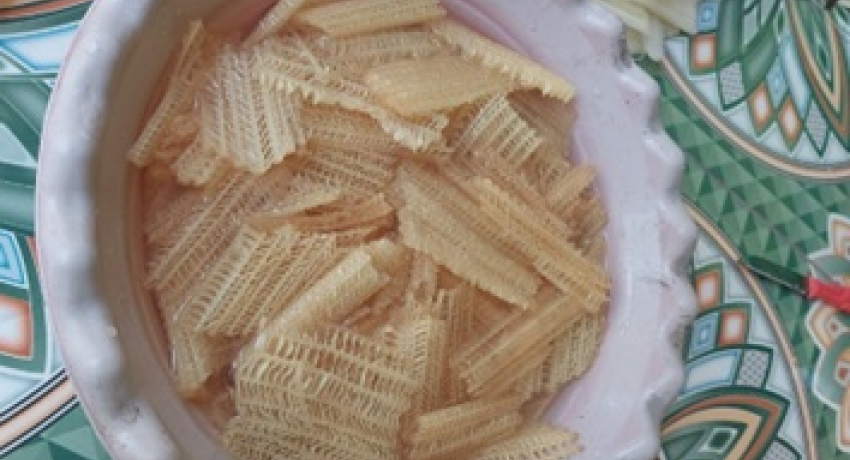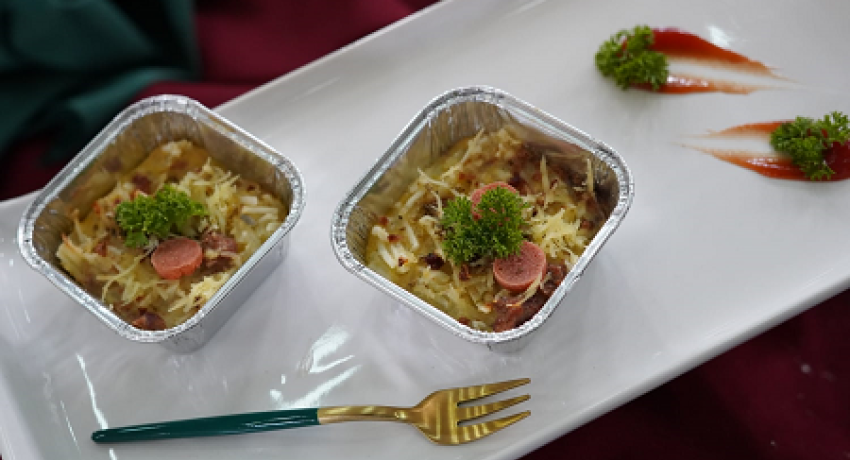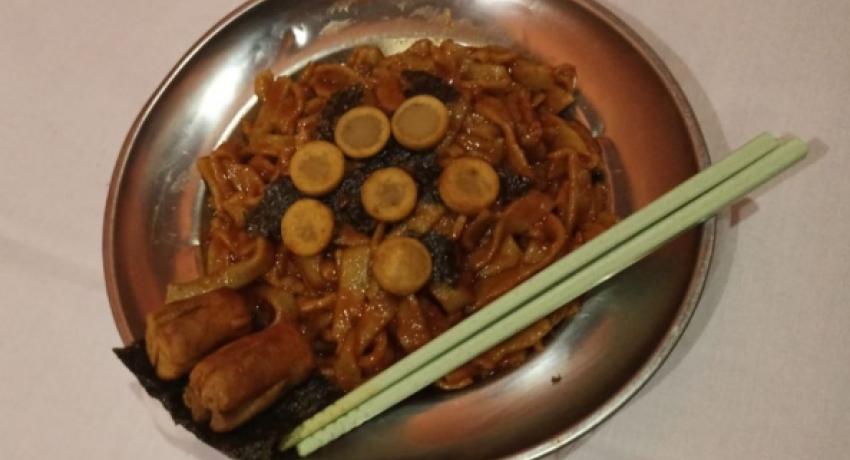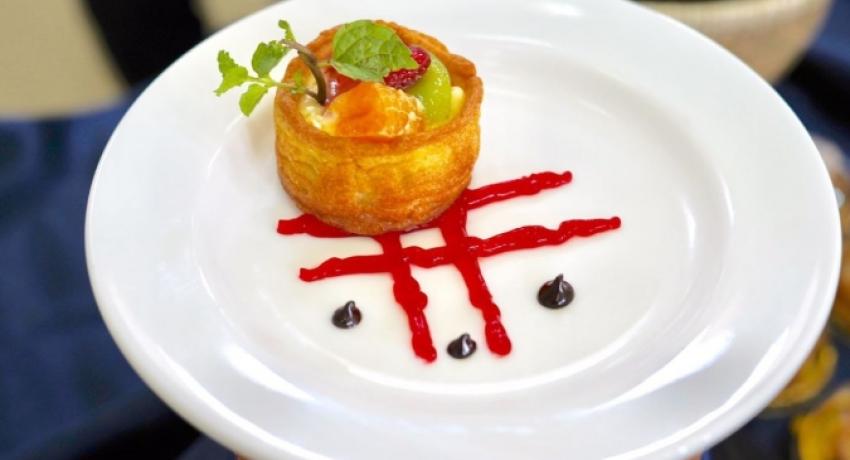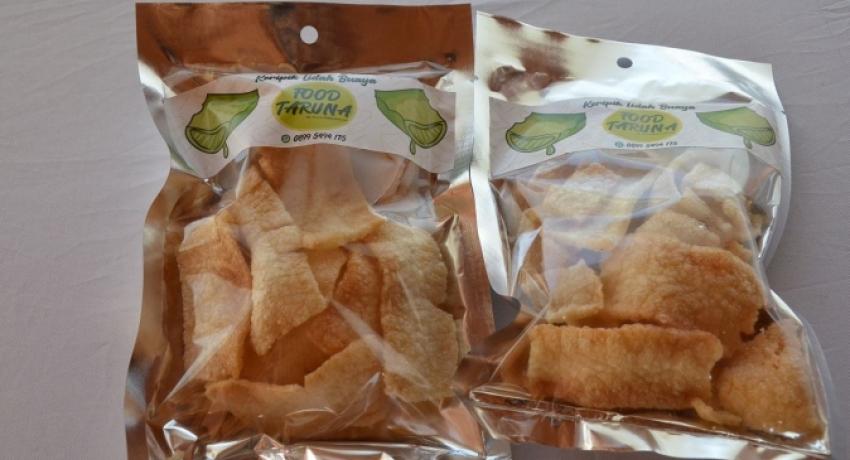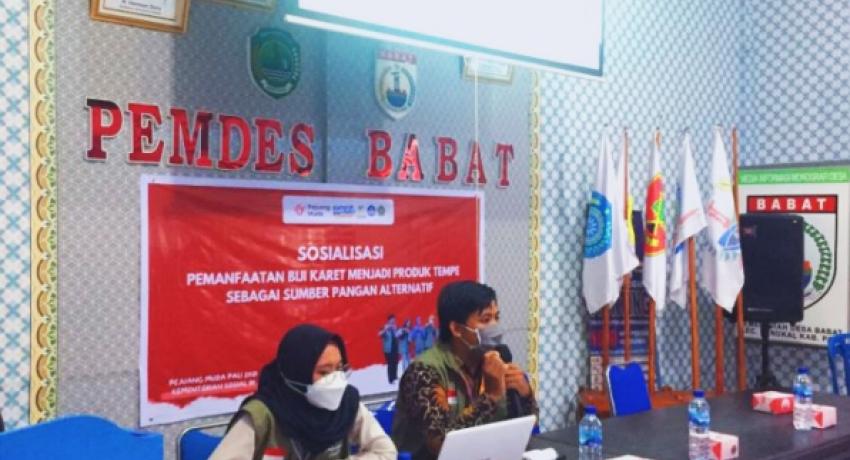Sorghum Kolak Cake, a New Alternative Way to Process Sorghum
Sorghum is one of the cereal products that are widely grown in Indonesia. This type of cereal has a higher vitamin and mineral content than wheat, and even sorghum has a high antioxidant substance. Consuming sorghum can prevent diabetes. Although sorghum's benefits are abundant, its utilization is minimal, and it even ends up as animal feed. This fact attracted the attention of UNY students, who mixed it into sorghum compote cake. She is Tika Nur Affrimawati.



